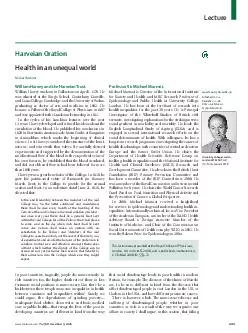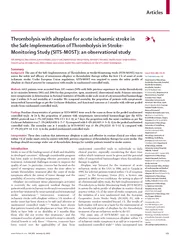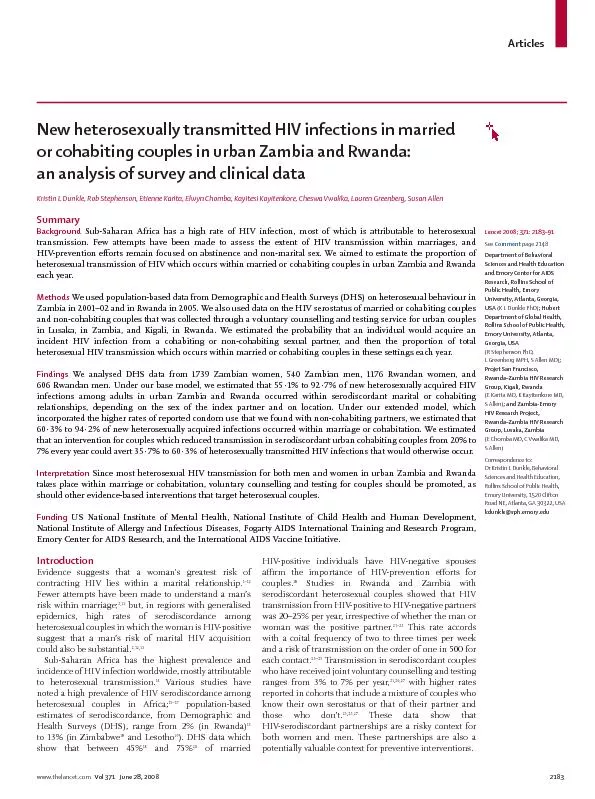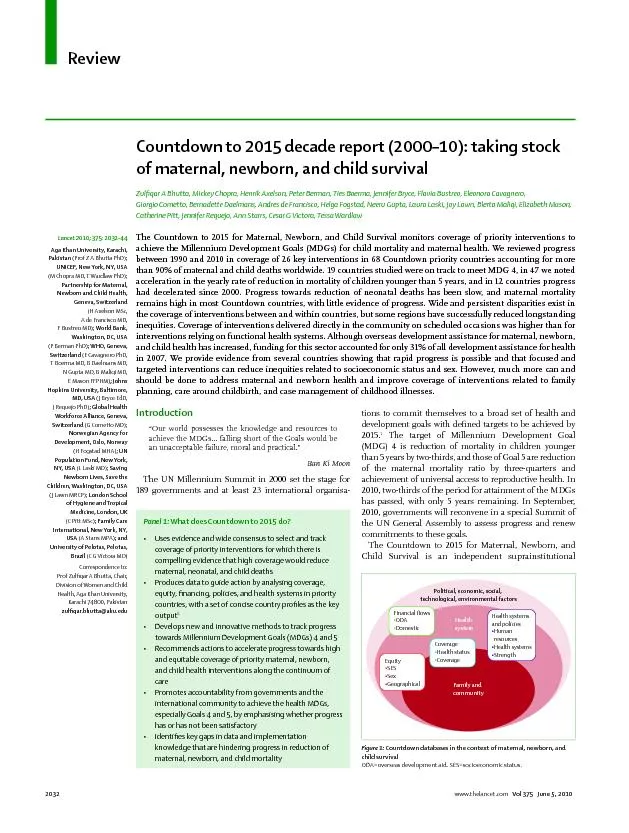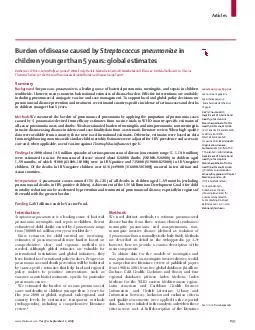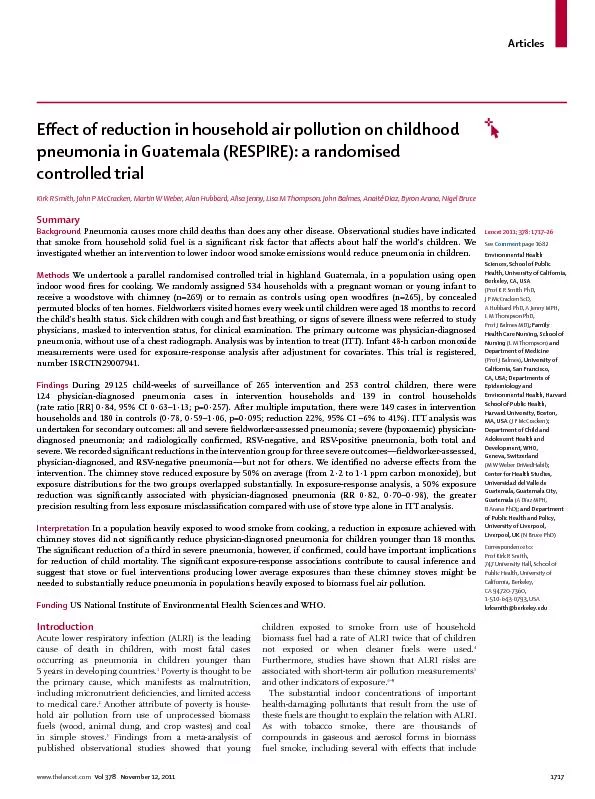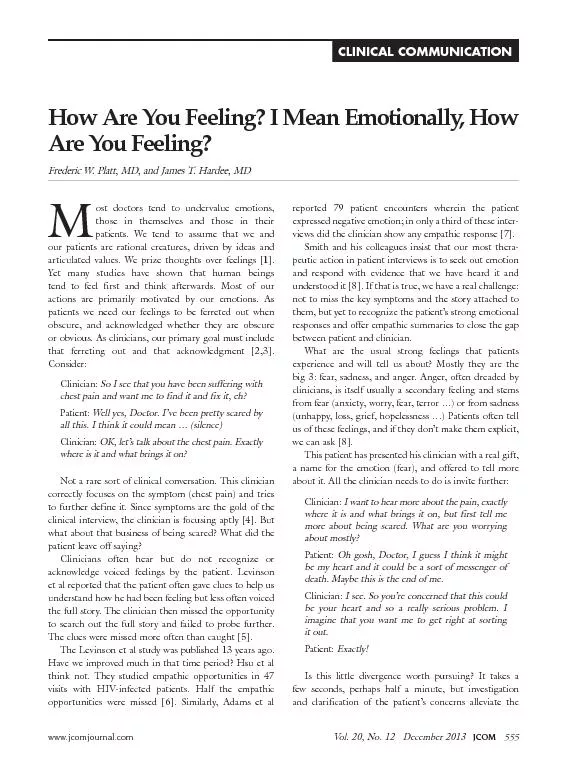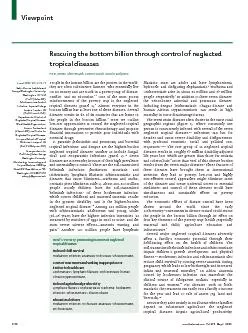PDF-www.thelancet.comVol 368 December 9, 2006
Author : stefany-barnette | Published Date : 2015-08-31
Lecture Harveian Oration Health in an unequal world William Harvey and the Harveian Trust William Harvey was born in Folkestone on April 1 1578 He was educated at
Presentation Embed Code
Download Presentation
Download Presentation The PPT/PDF document "www.thelancet.comVol 368 December 9, 2..." is the property of its rightful owner. Permission is granted to download and print the materials on this website for personal, non-commercial use only, and to display it on your personal computer provided you do not modify the materials and that you retain all copyright notices contained in the materials. By downloading content from our website, you accept the terms of this agreement.
www.thelancet.comVol 368 December 9, 2006: Transcript
Download Rules Of Document
"www.thelancet.comVol 368 December 9, 2006"The content belongs to its owner. You may download and print it for personal use, without modification, and keep all copyright notices. By downloading, you agree to these terms.
Related Documents

